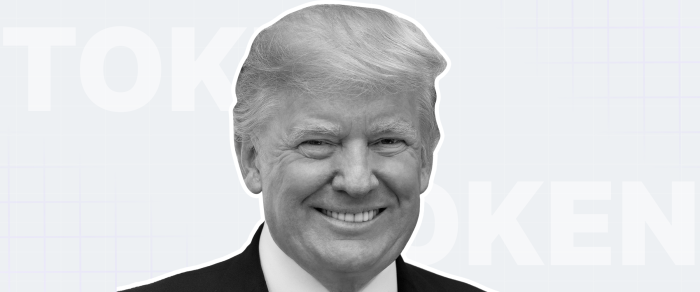Here is Why Сrypto Bank Signature Collapsed.
Signature Bank went bankrupt over the weekend. The bank’s ties to cryptocurrency appear to have alarmed depositors when Silicon Valley Bank failed, resulting in a run on the bank’s accounts, requiring regulators to intervene.
On Sunday, the New York Department of Banking Services took over Signature. The FDIC, Federal Reserve, and Treasury Department all stated that all Signature and Silicon Valley Bank depositors would be safe.
Both banks had higher-than-average volumes of uninsured deposits as well as some unusual business uncertainties. The combination is becoming too much for bank investors.
A Signature, which loaned mostly to private equity and commercial businesses and was chaired by veteran congressman and Dodd-Frank Act co-author Barney Frank, finished 2022 with over $110 billion in assets, including $74 billion in loans. Deposits totaled around $89 billion at the end of the year, with bank equity totaling $8 billion.
Signature was also in the cryptocurrency business. Although Signature did not issue loans backed by cryptocurrencies and did not hold cryptocurrencies on its balance sheet, it did have a payment platform to process cryptocurrency transactions. But deposits associated with the crypto platform were falling, which caused some concern on Wall Street.
Before SVB failed, the concern wasn’t too strong. Signature had 10 “buy” ratings out of 17 analysts listed on Bloomberg after the January 17 earnings announcement. The average analyst price forecast was about $145 a share.
Signature shares dropped by roughly 50% as the SVB crisis worsened. On March 8, the corporation reported deposit holdings of around $89 billion and loan amounts of approximately $72 billion.
The bank was closed presumably owing to similar financial pressures as it relates to the company’s crypto banking, according to D.A. Davidson analyst Gary Tenner in a research published on Monday. Deposits began to flee the bank, he added, similar to what happened at SVB. Like SVB, about 90% of Signature’s deposits were uninsured, according to Tenner, indicating that sums held by individuals or corporations exceeded the FDIC’s $250,000 insurance limit. The bank was forced to shut down due to a run on its deposits.
Someone may have stepped in to acquire the bank, but this did not occur. It didn’t happen for SVB, either. In that scenario, Ironsides Economics founder Barry Knapp claims that uncertainty about SVB’s loan portfolio has kept purchasers away.
That does not appear to be the case at Signature. SVB owned approximately $91 billion in securities maturing at the end of 2022. It was out of a total asset base of $212 billion. It is more than 40% of assets. Signature’s held-to-maturity portfolio was around $8 billion, or less than 10% of assets.
Potential buyers also may not have liked Signature’s involvement in the private equity business. Signature had about $28 billion of its total $75 billion loan portfolio in private equity loans. Signature also made loans to commercial real estate businesses and other borrowers.
And Signature Bank’s ties to the crypto industry may have limited its appeal to other banks, J.P. Morgan analyst Vivek Juneja wrote Monday.
A shortage of funds was not an issue. Signature’s so-called Tier 1 capital buffer was at 11%, putting it in the middle of the pack among significant U.S. banks. JPMorgan Chase & Co. has a Tier 1 capital ratio of roughly 15%, as does SVB.
Regional bank stocks have suffered as a result of the failures. The iShares U.S. Regional Banks ETF (IAT) is down 13% in afternoon trade. The S&P 500 (SPX) and Dow Jones Industrial Average (DJIA) were up 0.7% and 0.5%, respectively.



